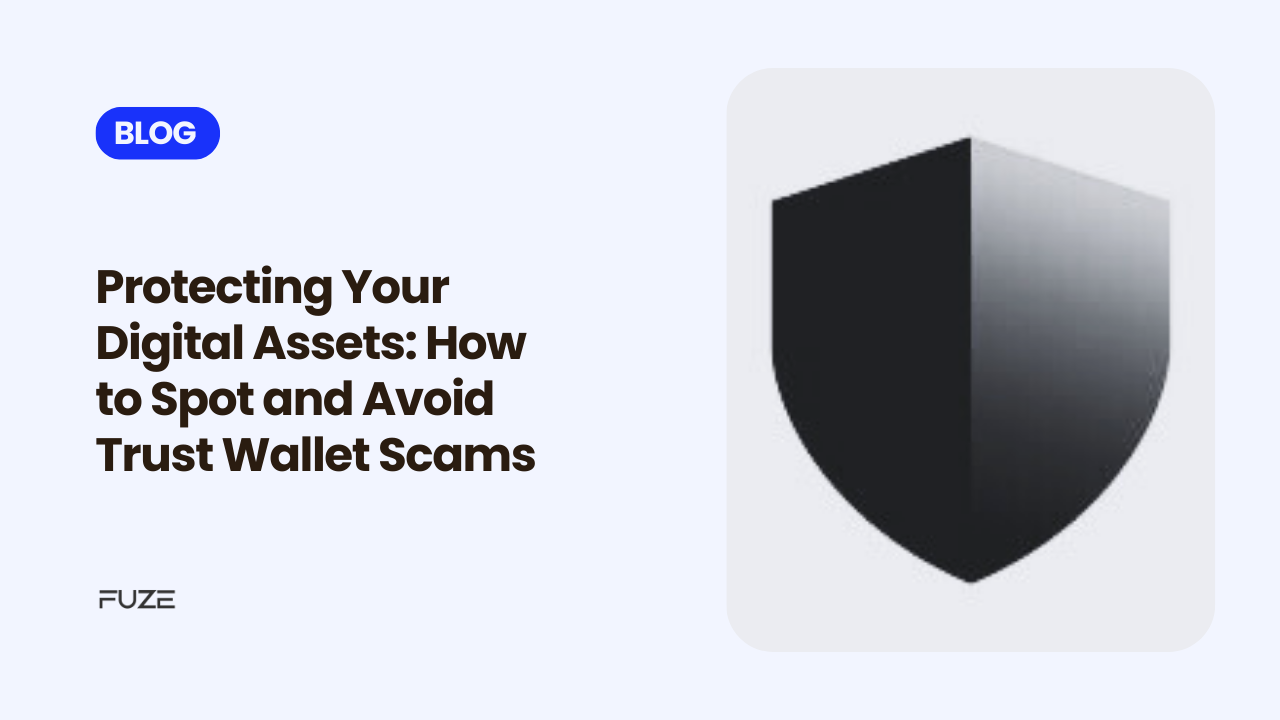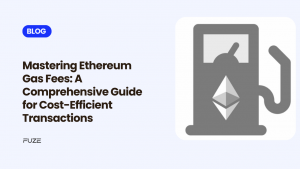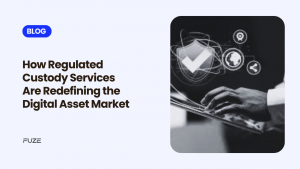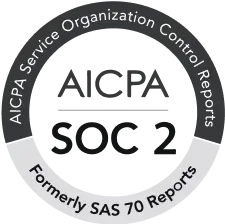The world of digital assets is rapidly growing, offering exciting new opportunities for individuals to manage their wealth, invest in innovative technologies, and access decentralized finance (DeFi). However, as the popularity of cryptocurrencies and digital wallets like Trust Wallet increases, so does the risk of scams and fraudulent activities targeting unsuspecting users.
Trust Wallet is one of the most popular non-custodial wallets, providing users with control over their private keys and access to thousands of cryptocurrencies and tokens. Trust Wallet itself is a secure platform, but caution must be taken with the potential risks that come with interacting with third parties and online scams. This blog will delve into how to recognize and avoid Trust Wallet scams, thus keeping your digital assets safe from malicious actors.
What is a Trust Wallet?
Before diving into the types of scams, let’s have an idea about what Trust Wallet is and why it has been one of the favorite wallets among most crypto users. Trust Wallet is a mobile wallet that enables crypto users to store, manage, and exchange a variety of digital assets. It supports thousands of cryptocurrencies, including popular tokens like Bitcoin (BTC), Ethereum (ETH), Binance Coin (BNB), and many others along with various ERC-20 and BEP-20 tokens.
A fundamental aspect of the Trust Wallet is its non-custodial characteristic. Users have complete control over their private keys. This provides a sense of security since the individual’s access to his or her funds does not depend on any third party such as a centralized exchange. At the same time, security entirely falls into the user’s hands, which is why vigilance plays an important role here.
Understanding the Risks: Types of Trust Wallet Scams
The cryptocurrency space has caught the attention of scammers who have been looking for ways to prey on users lacking experience and knowledge. Trust wallet scams can appear in various guises, as each scam tactic is designed to trick users into revealing sensitive information, transferring their assets, or giving unauthorized access to their wallets. Here are the most common scams to look out for:
- Phishing Scams
Phishing scams happen to be among the most common and powerful tactics employed by cybercriminals to get entry into users’ Trust Wallet. These are commonly fraudulent emails, websites, or even social media profiles that claim to be Trust Wallet or some other trusted site.
In a phishing attack, fraudsters try to trick users into giving away their private keys, recovery phrases or other confidential data. Since Trust Wallet is non-custodial, once users lose access to their private keys, scammers get complete access to the wallet’s assets.
Phishing scams look like this:
- Unsolicited messages or emails from Trust Wallet asking for personal information.
- Suspicious-looking URLs that are almost similar but with slight changes, for example, “trustwallett.com” instead of the real “trustwallet.com”.
- Links requesting your private keys or recovery phrase.
- Emails or messages promoting rewards, airdrops, or promotions that are too good to be true.
How to Protect Yourself from Phishing Scams:
- Never share confidential data: Trust Wallet will never request your private keys or recovery phrase. If they do, it’s likely a phishing scam.
- Check the URL: Always make sure you’re on the official Trust Wallet website and not a fraudulent clone site.
- Verify sources: Be cautious about unsolicited messages, especially on social media platforms. Always verify the sender’s credentials before clicking any links.
- Fake Airdrops and Promotions
Airdrop scams are another common way scammers target Trust Wallet users. In these scams, users receive messages claiming that they’ve been selected to participate in a free airdrop or token giveaway. They may ask for your personal details or a small amount of cryptocurrency to unlock the rewards from the airdrop.
Indications of fake airdrops include:
- Requests for private keys or recovery phrases in exchange for free tokens.
- Links to websites that ask for funds to claim an airdrop or promotion.
- Promises of huge rewards with minimal effort.
How to Avoid Fake Airdrop Scams:
- Be wary of unsolicited airdrop offers: Legitimate airdrops do not require you to share your private keys or send cryptocurrency to claim rewards.
- Verify through official channels: If you get an airdrop notification, always verify on Trust Wallet’s official channels (website, social media) whether the offer is legitimate or not.
- Never pay upfront for a free giveaway: Any offer asking you to pay before receiving a reward is almost certainly a scam.
- Fake Trust Wallet Apps
Scammers often create fake Trust Wallet apps that closely resemble the legitimate version. These counterfeit apps are designed to steal funds by tricking users into downloading and using them. In some cases, they may even contain malicious software that, once installed, can access sensitive data stored on your device. While these fake apps may look identical to the real Trust Wallet app at first glance, they often contain subtle differences that could go unnoticed by an unsuspecting user.
How to Spot Fake Apps:
- Download apps carefully: To download Trust Wallet, always get it from either Google Play Store or Apple App Store.
- Check minor details: Scams often make small variations in terms of names or logos to make the fake app look similar to the original ones.
- Check the reviews: Fake apps get fewer reviews. In some cases, victims also warn others about the scam.
How to Avoid Fake Apps:
- Always download apps from the trusted sources
- Check the developer’s name and reviews before you install an app.
- If you suspect malicious activity, uninstall it immediately and change your Trust Wallet credentials.
- Impersonation Scams
Scammers pretend to be the official Trust Wallet representatives or other crypto influencers on social media platforms, such as Twitter, Telegram, and Discord. These impersonators may promise you to recover your lost funds, help you in transactions, or give you special offers in return for a small fee or your private wallet information.
Characteristics of impersonation scams include:
- Messages from social media accounts that look like Trust Wallet or crypto influencers, but they don’t have the official verification checkmark.
- Requests for payments, especially in cryptocurrency, to “help” recover funds or unlock bonuses.
- Pressure to act quickly or promises of guaranteed profits.
How to Avoid Impersonation Scams:
- Check official accounts: The official social media accounts of Trust Wallet will have a verification checkmark. Never interact with accounts that lack authenticity or do not have verification marks.
- Never send money to strangers: Official representatives of Trust Wallet will never ask for payments or cryptocurrency in exchange for services.
- Report suspicious accounts: If you identify a scammer posing as Trust Wallet, report the account to the platform and warn others.
- Fake Customer Support
In this scam, hackers pretend to be the customer support team of Trust Wallet and, under the pretenses of transaction or wallet recovery help, gain the private key and recovery phrase from the victims.
Fake customer support will appear legit by using formal-looking emails and websites. Sometimes they may come as a phone call or other form of direct communication.
Fake customer support scam signs include:
- A request for private keys or your recovery phrase
- Unsolicited requests for “technical issues” that ask you to give them your personal information
- Emails claiming your Trust Wallet account has been compromised and asking you to take immediate action
Protecting You from Fake Customer Support Scams:
- Official Support Channel: Be sure to always check the Trust Wallet Help Center for your answer.
- Verify the Contact Source: Always ensure you are communicating with official channels and never share your private information.
- Don’t Rush: Scammers often create a sense of urgency. Take your time to assess the situation and verify the legitimacy of the request.
Best Practices for Protecting Your Trust Wallet
Now that you know the common types of Trust Wallet scams, here are some best practices to ensure your digital assets are safe:
- Enable Two-Factor Authentication (2FA): If your Trust Wallet account or any connected accounts offer 2FA, always enable it for an added layer of protection.
- Use Strong Passwords: Create individual strong passwords for your Trust wallet and any other related platforms. Avoid using them in multiple accounts.
- Store Recovery Phrase Safely: Write down your recovery phrase on a physical sheet of paper and store it safely in an offline place. Never share it with anyone.
- Be Wary of Malicious Links: Do not click on suspicious links or download attachments from unknown parties. Always check the validity of links before clicking.
- Stay Up-to-date: Keep track of the latest scam alerts and new security features by following the official channels of Trust Wallet.
Conclusion
As the crypto space continues to expand, so does the risk of falling victim to scams. Trust Wallet users must stay vigilant, follow best practices for security, and educate themselves on how to identify and avoid scams. By being aware of the types of scams that exist and taking proactive measures, you can protect your digital assets and enjoy the benefits of using Trust Wallet without falling victim to fraud.
Always remember: your private keys and recovery phrases are the keys to your crypto. Keep them safe and never share them with anyone, no matter how legitimate they may appear. Stay cautious, and safeguard your assets with care.
Disclaimer: Virtual assets carry significant risks, including high volatility and potential loss of your entire investment. They are not backed by governmental protections, and recourse may be limited in case of loss. Always assess your risk tolerance, fully understand the risks, and seek independent financial advice if needed before investing.
Frequently Asked Questions
1. How can I tell if I’ve downloaded a fake Trust Wallet app?
Fake apps often mimic the real Trust Wallet app but may have subtle differences, such as slight variations in the logo or the developer’s name. Always download Trust Wallet from trusted sources like the Google Play Store or Apple App Store, and double-check the developer’s details before installation.
2. Are there any red flags when dealing with Trust Wallet customer support?
Yes, any requests for your private keys or recovery phrases from customer support are a scam. Trust Wallet never asks for this information. Always communicate through official support channels and verify any requests before sharing any details.
3. How can I protect my Trust Wallet from impersonation scams?
Ensure that you’re only interacting with verified social media accounts of Trust Wallet. Scammers may impersonate Trust Wallet on platforms like Telegram or Twitter. Look for official verification marks and never engage with users who ask for personal details or crypto.
4. What should I do if I suspect I’ve been targeted by a scam?
If you think you’ve encountered a scam, stop all communications with the potential scammer immediately. Report the suspicious account to Trust Wallet and any relevant platforms (like Twitter, Telegram, etc.). Change your wallet passwords and recovery phrase as a precaution.
5. How can I spot a fake airdrop or promotion related to Trust Wallet?
Fake airdrops often ask for your private keys or require you to send crypto before you can receive rewards. Genuine promotions from Trust Wallet won’t ask for these. Always double-check the offer on Trust Wallet’s official channels before participating.







